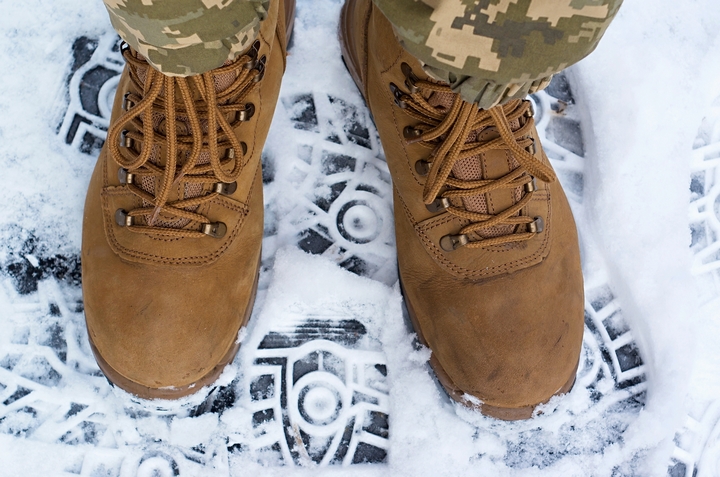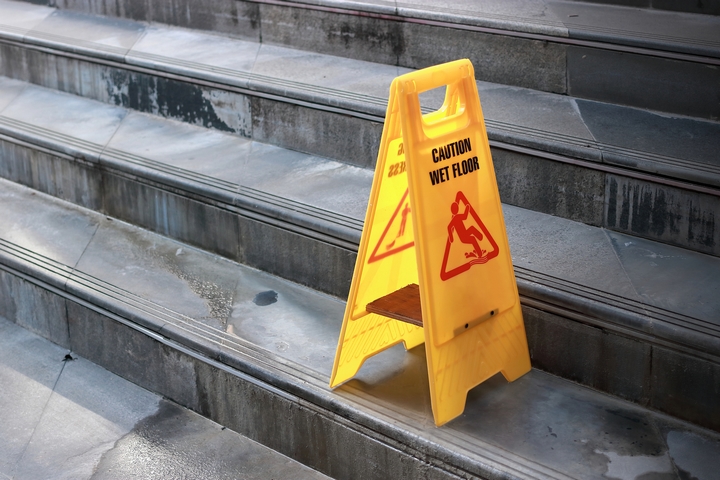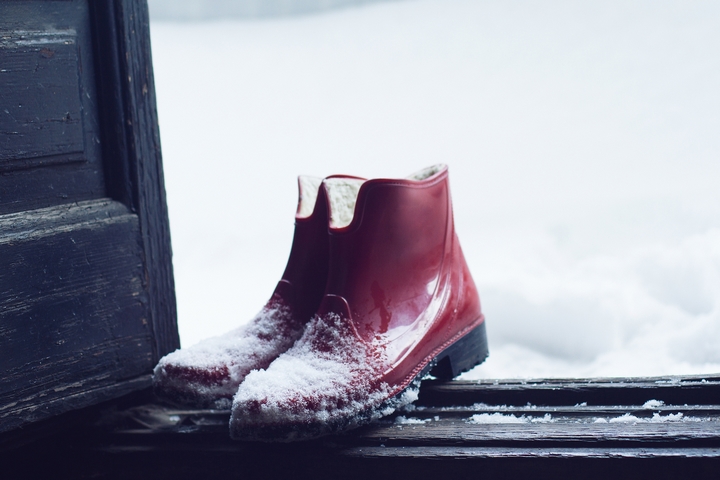It’s that time of year again. Snow is falling heavily, and ice is building up. During the winter, it becomes easier for people to slip or trip and falls do happen more often. Injuries from these falls can be minimal but they can also be quite serious, ranging from concussions to severe head injuries, torn muscles to fractures and injuries requiring surgery.
In the city of Toronto alone, people over age 15 visit emergency departments over 3000 times each year, for slips and falls related to snowy, icy conditions. Between 2006-2015, there were an average of 230 claims against the city for these injuries, many of which could have been avoided.
If you own or maintain a property, you can be held legally responsible if someone is hurt, they can prove that you could have prevented the accident from happening. There are many things you can do to prevent slips and falls, avoiding a negligence claim:
1. Inspect your property regularly.

Look for potential hazards such as broken steps or floor tiles, potholes in the parking lot and dripping water that may cause ice build-up. Perform maintenance and repairs quickly and consistently. If left unrepaired, snow can cover these hazards, making people less likely to see the danger themselves.
2. Clean up wet areas immediately.

Ensure that you or your employees clean up snow and slush in your building entrances frequently. Use signage to warn people about wet or slippery surfaces. Use mats to absorb snow and water brought in from outside.
3. Watch for problems with mats.

In wet and snowy weather, floor mats can be helpful in preventing water, slush, ice and mud build-up inside the building, but they can become unsafe themselves. If you utilize a mat company, ensure pick-up and replacement is happening regularly. Use double-sided tape, when necessary to keep mats from lifting and becoming a tripping hazard.
4. Maintain staircases.

Keep staircases and landings clean and dry. Always ensure stair runners are lying flat. Make certain that railings are properly fastened.
5. Keep walkways and parking lots clear.

Keep parking lots, ramps, walkways and entrances free from snow and ice. Shovel, blow snow and use de-icing measures as often as necessary. Monitor the weather and hire snow-removal services if you are unable to do it yourself.
6. Provide snow-removal for footwear.

Keep brooms and boot brushes at building entrances. Encourage customers, employees and visitors to remove snow from shoes and boots or change into indoor footwear.
7. Inspect and maintain lighting.

Replace bulbs and repair lighting, to ensure possible risks are visible always.
8. Educate employees

Make staff aware of potential safety risks. Ask employees to report possible problems to supervisors and encourage them to use safety measures in winter weather. These might include taking more care when walking, wearing proper footwear and ice grippers when working outside and carrying smaller loads in slippery conditions.
When you keep on top of potentially dangerous situations, you’ll be less likely to be found negligent in slip and fall cases. Taking precautions can prevent injuries and lawsuits, resulting from hazards on your property.
If you’ve been injured in a slip and fall accident, and believe you were acting safely at the time, a personal injury lawyer may be able to help. You might be entitled to recover medical expenses, loss of wages or earning capacity or other damages, as a result. Consult with a personal injury lawyer as soon after your fall as you can, as there may be restrictions on the length of time that may pass before a lawsuit is filed.

